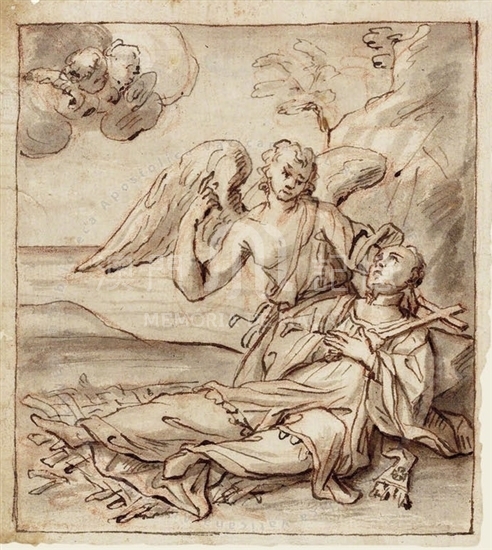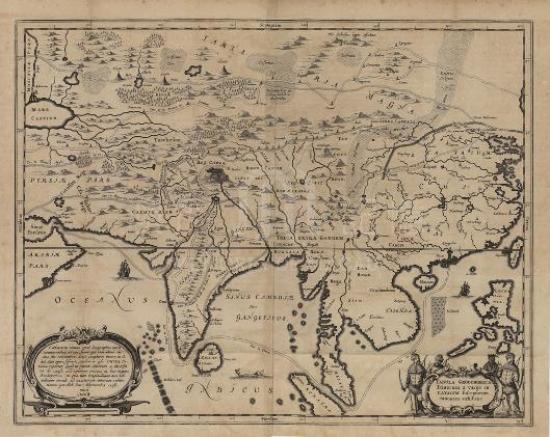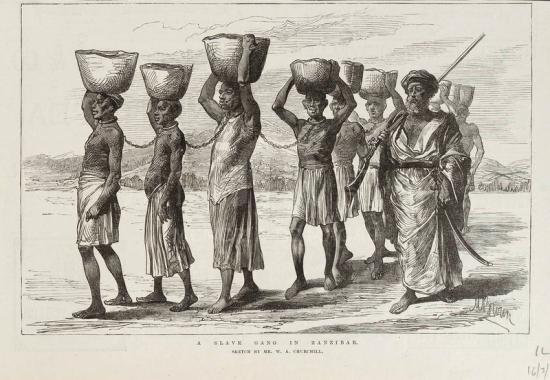This drawing depicts the death of St. Francis Xavier, a missionary Jesuit who died on Shangchuan Island, Guangdong Province in China. He was born in the castle of Xavier in April 1506, and studied at the University of Paris where he met St. Ignatius Loyola, the future founder of the Society of Jesus. On August 15, 1534, they both made a vow of chastity and poverty in the Chapel of the Martyrs of Montmartre and started a pilgrimage to the Holy Land. Later on, St. Francis engaged in the 'Spiritual Exercises' under the direction of St. Ignatius, and in June 1537 he was ordained a priest. The following April he participated in the meetings that led to the foundation of the Society of Jesus, which was approved subsequently by Pope Paul III in September 1540. St. Francis was sent as a missionary to the East: first to India, then to Japan, and finally to China. On the island of Shangchuan, he became seriously ill and died on December 3, 1552. In 1619, Pope Paul V proclaimed him a saint in the canonization ceremony of March 12, 1622 in St. Peter's Basilica. Although the most frequent depictions of the saint show him preaching, baptizing Indians or working various miracles, this drawing instead depicts the moment of his death. In the drawing, the saint lies on a woven mat, with his arms folded across his chest, while in his right hand he holds a cross. On his left, an angel points the way to the divine light, while cherubs witness the scene in the clouds. This drawing is part of Cappon . 237, a volume of miscellaneous drawings from the collection of Marquis Alessandro Gregorio Capponi whose rich library he bequested to the Vatican Apostolic Library in 1746. In particular, the drawing belongs to a series of random drawings. From their similar style and technique, however, it is presumed that these drawings can be attributed to the same artist, even though no further evidence can prove this. Some of the drawings can be dated back to the year of 1715, and from the initials M. N., the author could be presumed to be Marco (or Mauro?) Nacchetti, a relatively unknown artist who specialized in the representation of devotional vignettes. One of the most famous representations of the death of St. Francis Xavier is the painting of Carlo Maratta on the altar dedicated to the saint in the Church of the Gesù in Rome. Above this altar, the relic of St. Francis Xavier's right arm is kept (it is believed that with this arm he baptized about thirty thousand people). St. Francis Xavier is buried in in the Jesuit Church of Goa. A church in his honor was built in Coloane, Macao, and the chapel of the Seminário de São José of Macao has relics of his bracelet and a small piece of his bone.
Reference:
[1]. Raggi, A. M. (1964). Francesco Saverio in Bibliotheca Sanctorum, vol. V. Roma, pp. 1226-1238.
[2]. Gobbi, M. (2010). I disegni del codice Capponiano 237 della Biblioteca Apostolica Vaticana, a cura di M. Gobbi e S. Prosperi Valenti Rodinò . Città del Vaticano, pp. 144-146 cat. 175.

Informações relevantes
Data de atualização: 2020/09/08







Comentários
Comentários (0 participação(ões), 0 comentário(s)): agradecemos que partilhasse os seus materiais e histórias (dentro de 150 palavras).